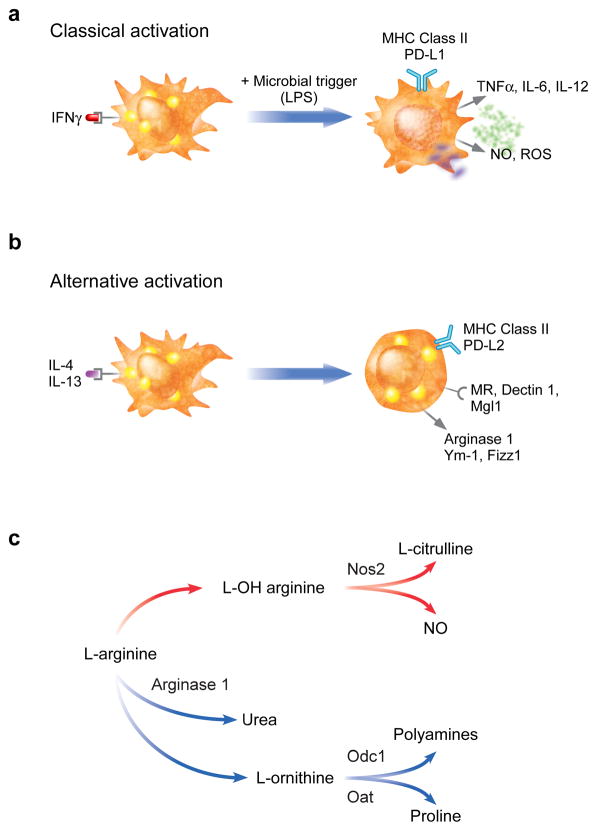Figure 1. Classical and alternative macrophage activation.
Macrophage activation comprises a broad spectrum of activities coordinated in response to specific environmental stimuli. While in reality a continuum, these responses can be separated into two basic patterns: classical, or M1, and alternative, or M2. a) Classical activation is a pro-inflammatory state purposed for the rapid destruction of bacterial invaders. Classically activated macrophages generate induce reactive oxygen species (ROS) and nitric oxide (NO) for their microbicidal actions, and secrete pro-inflammatory cytokines, such as TNFα and IL-12, to enhance cell mediated immunity. b) In contrast, alternative activation represents a more sustained response such as that typified by infection with parasites. While the induction of MHC class II and co-stimulatory molecules (PD-L2) indicate these macrophages are activated, they express a distinct repertoire of cell surface receptors (mannose receptor, Mrc1; dectin-1, Clec7a; and Mgl1, Clec10A), and secreted products (Ym-1, Chi3l3; and FIZZ1, Retnla). c) Differential metabolism of l-arginine in classically and alternatively activated macrophages by inducible nitric oxide synthase (Nos2) and arginase 1, respectively. Odc1: ornithine decarboxylase; Oat: ornithine aminotransferase.

